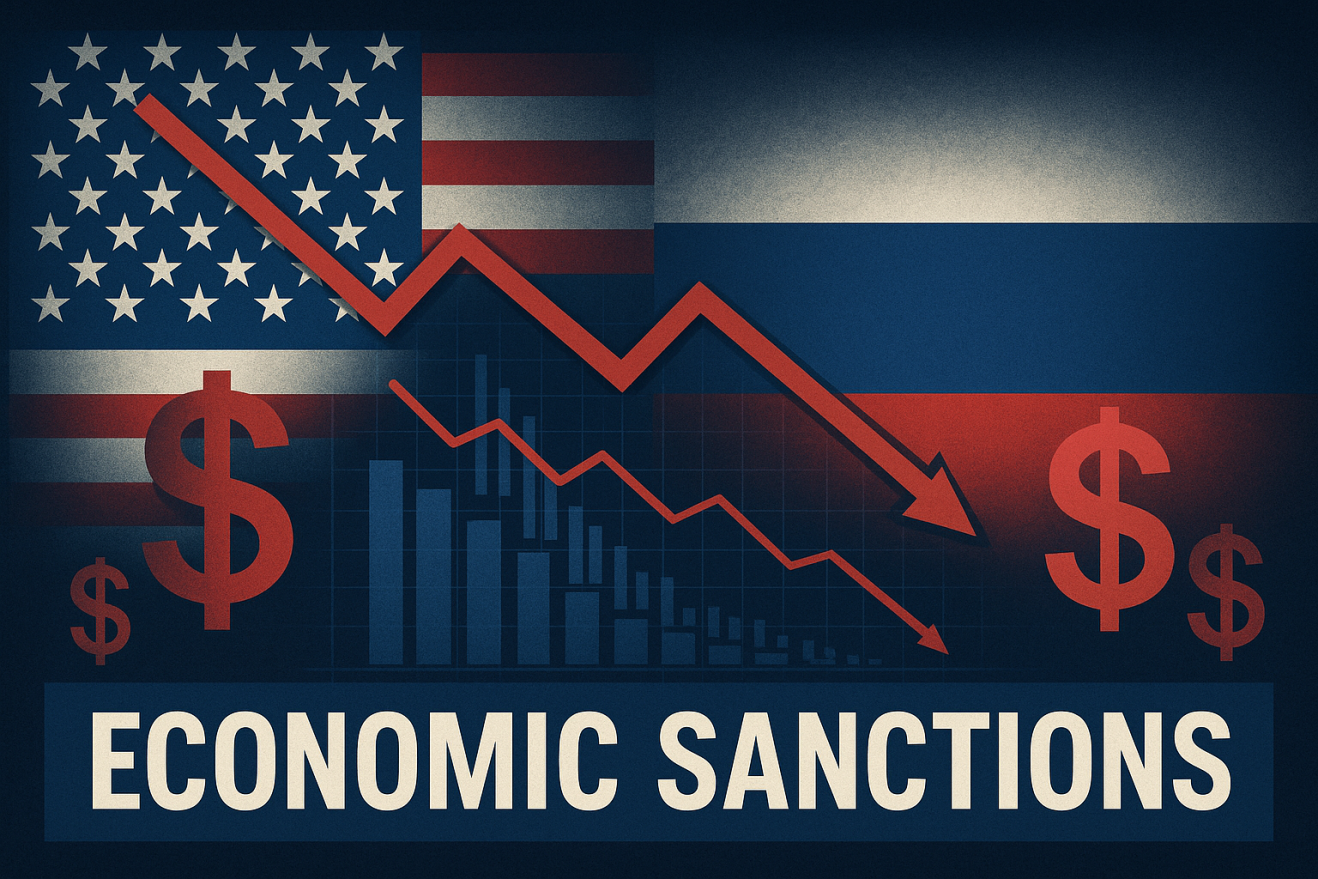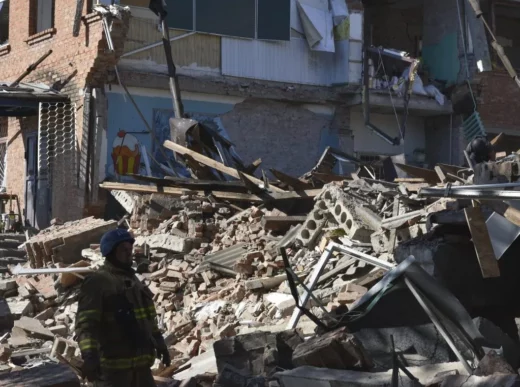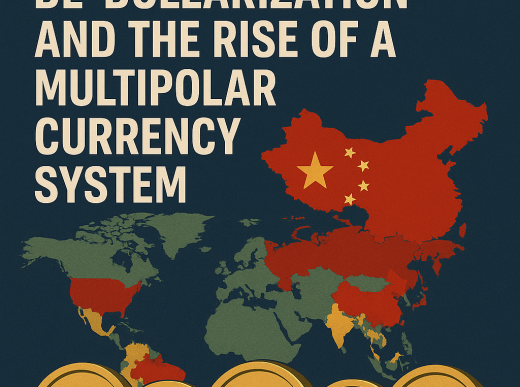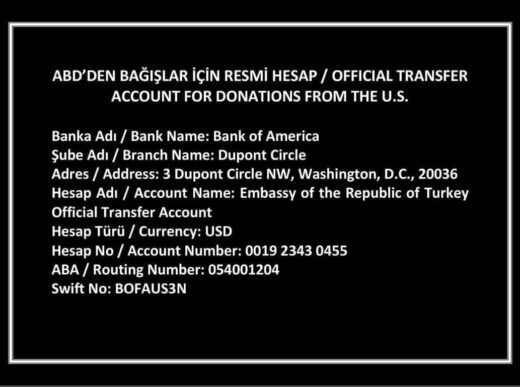WASHINGTON D.C. – In a dramatic escalation of economic warfare, President Donald Trump announced Sunday that the United States is prepared to implement a “second phase” of sanctions against Russia, following Moscow’s largest aerial bombardment of Ukraine since the war began. The announcement comes as Treasury Secretary Scott Bessent unveils an aggressive new strategy designed to bring the Russian economy to “full collapse” and force Vladimir Putin to the negotiating table.
The timing of Trump’s announcement is significant, coming just hours after Russia launched over 810 drones and missiles in an overnight assault that struck Ukraine’s Cabinet of Ministers building in Kyiv for the first time. The attack, which killed at least four people and wounded dozens more, represents a dramatic escalation in Russia’s targeting of Ukrainian government infrastructure.
Trump’s Strategic Pivot on Russia
Speaking from the White House on Sunday, President Trump signaled his readiness to move beyond the current sanctions regime that has already frozen billions in Russian assets and controlled exports of critical technologies. “We’re ready for phase two,” Trump declared, marking the closest he has come to explicitly threatening additional economic measures against Moscow since taking office.
The announcement represents a notable shift in Trump’s approach to the Russia-Ukraine conflict. While the President has previously emphasized diplomatic solutions and criticized the effectiveness of existing sanctions, the scale and audacity of Russia’s latest attack appears to have prompted a more aggressive stance.
Treasury Secretary Scott Bessent, speaking to reporters following Trump’s announcement, outlined the administration’s new economic strategy. “Tougher sanctions can bring the Russian economy to full collapse,” Bessent stated, emphasizing that the goal is to create economic conditions that will compel Putin to engage in meaningful peace negotiations.
The Current Sanctions Landscape
The United States and its allies have already imposed tens of thousands of sanctions on Russia over its 3.5-year war in Ukraine and its 2014 annexation of Crimea. These measures have targeted everything from Russian banks and energy companies to individual oligarchs and government officials. According to the Government Accountability Office, the U.S. and its allies have frozen billions in Russian assets and controlled exports of important technologies to Russia.
However, the effectiveness of these sanctions has been a subject of ongoing debate. While they have undoubtedly damaged the Russian economy, they have not succeeded in deterring Putin’s military campaign in Ukraine. The Kremlin has consistently maintained that sanctions will never force Russia to change course, with officials dismissing them as having “no effect whatsoever.”
What “Phase Two” Could Entail
While Trump and his administration have not provided specific details about the proposed second phase of sanctions, intelligence sources and policy experts suggest several potential targets:
Financial System Targeting
According to Bloomberg reports, the next sanctions package could target Russia’s payment and credit card systems, potentially cutting off millions of Russians from international financial networks. This would represent a significant escalation beyond current banking restrictions.
Cryptocurrency Crackdown
New measures could target crypto exchanges that facilitate Russian transactions, closing a loophole that has allowed some sanctions evasion. The digital currency sector has become increasingly important for Russia as traditional financial channels have been restricted.
Secondary Sanctions Expansion
The administration is reportedly considering secondary sanctions on third-country entities that continue to do business with Russia, particularly in the energy sector. This could affect companies in China, India, and other nations that have maintained economic ties with Moscow.
Energy Sector Intensification
Treasury Secretary Bessent has specifically mentioned new sanctions on Russian oil buyers, suggesting a more aggressive approach to targeting Russia’s primary revenue source. This could include restrictions on shipping, insurance, and financing for Russian energy exports.
European Union Coordination
The timing of Trump’s announcement coincides with European Union discussions about a 19th round of sanctions targeting Russian banks and energy firms. EU officials are exploring new measures against approximately half a dozen Russian banks and energy companies, suggesting coordinated action between the U.S. and Europe.
This coordination is crucial for the effectiveness of any new sanctions regime. Previous sanctions packages have been most successful when implemented jointly by the U.S., EU, and other allies, creating a comprehensive web of restrictions that are difficult for Russia to circumvent.
Russian Response and Defiance
The Kremlin’s response to Trump’s threats has been characteristically defiant. Russian officials have dismissed the potential for new sanctions, with spokesperson Dmitry Peskov stating that such measures have “no effect whatsoever” on Russia’s decision-making process.
This defiance, however, may mask genuine concern within the Russian government about the economic impact of additional sanctions. Russia’s economy has already shown signs of strain under existing restrictions, with inflation rising and the ruble weakening against major currencies.
Economic Warfare Strategy
The Trump administration’s approach represents a shift toward what officials are calling “aggressive economic warfare” against Putin’s regime. This strategy is based on the belief that economic pressure, rather than military intervention, offers the most viable path to ending the conflict in Ukraine.
Treasury Secretary Bessent has been particularly vocal about this approach, arguing that economic collapse could bring Putin to the negotiating table more effectively than diplomatic pressure alone. “We can create conditions where continuing the war becomes economically unsustainable for Russia,” Bessent explained in recent briefings.
Congressional Support and Challenges
The announcement of potential new sanctions has received bipartisan support in Congress, where lawmakers have consistently pushed for tougher measures against Russia. However, implementing effective sanctions requires careful coordination with allies and consideration of potential economic blowback on American businesses and consumers.
Some economists warn that overly aggressive sanctions could have unintended consequences, including higher energy prices for American consumers and potential retaliation against U.S. businesses operating in regions where Russia maintains influence.
Global Economic Implications
The prospect of expanded sanctions against Russia comes at a time when the global economy is already grappling with various challenges. Energy markets, in particular, remain sensitive to geopolitical developments, and any disruption to Russian energy exports could have ripple effects worldwide.
However, the Biden administration’s previous decision to ban Russian oil imports demonstrated that the U.S. is willing to accept some economic costs to maintain pressure on Moscow. The current administration appears prepared to continue this approach, potentially with even greater intensity.
Looking Ahead: The Path to Peace
The ultimate goal of the sanctions strategy remains bringing Russia to meaningful peace negotiations with Ukraine. However, the path to achieving this objective remains unclear, particularly given Putin’s apparent determination to continue the military campaign despite economic costs.
The success of “phase two” sanctions will likely depend on several factors: the scope and coordination of the measures, Russia’s ability to adapt and find workarounds, and the willingness of the international community to maintain pressure over time.
As the conflict in Ukraine enters its fourth year, the economic dimension of the confrontation between Russia and the West continues to evolve. Trump’s announcement of potential new sanctions represents the latest chapter in this ongoing economic warfare, with significant implications for both regional stability and global economic conditions.
The coming weeks will be crucial in determining whether the threat of expanded sanctions can achieve what previous measures have not: compelling Russia to change course in Ukraine and engage in genuine diplomatic efforts to end the conflict.
This article will be updated as new developments emerge regarding the implementation of additional sanctions against Russia.
















